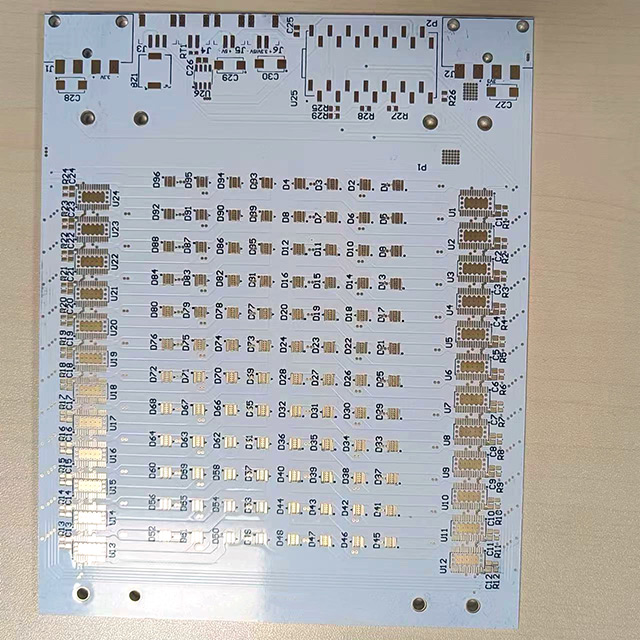I
inie meanie
Hi Flyman
Your idea sounds fascinating. I will be very interested in how your project progresses. I too learnt my electronics 30 yrs ago and now am a bit rusty. I can catch on with some guidance. Do you have a specific programable device in mind and do you have a link to it so I can read up a bit? Many thanks
Do you have a specific programable device in mind and do you have a link to it so I can read up a bit? Many thanks
Your idea sounds fascinating. I will be very interested in how your project progresses. I too learnt my electronics 30 yrs ago and now am a bit rusty. I can catch on with some guidance.
 Do you have a specific programable device in mind and do you have a link to it so I can read up a bit? Many thanks
Do you have a specific programable device in mind and do you have a link to it so I can read up a bit? Many thanks









